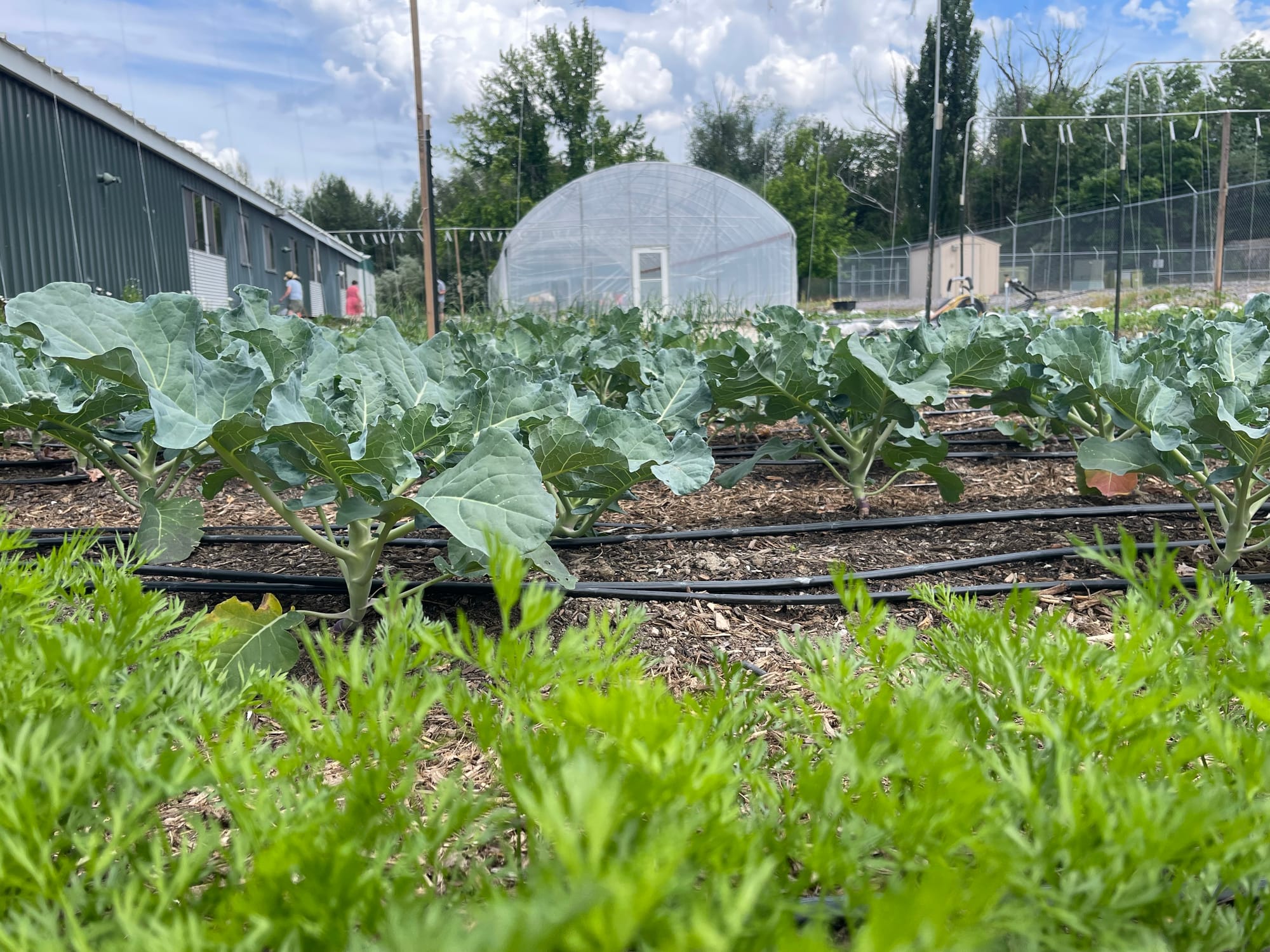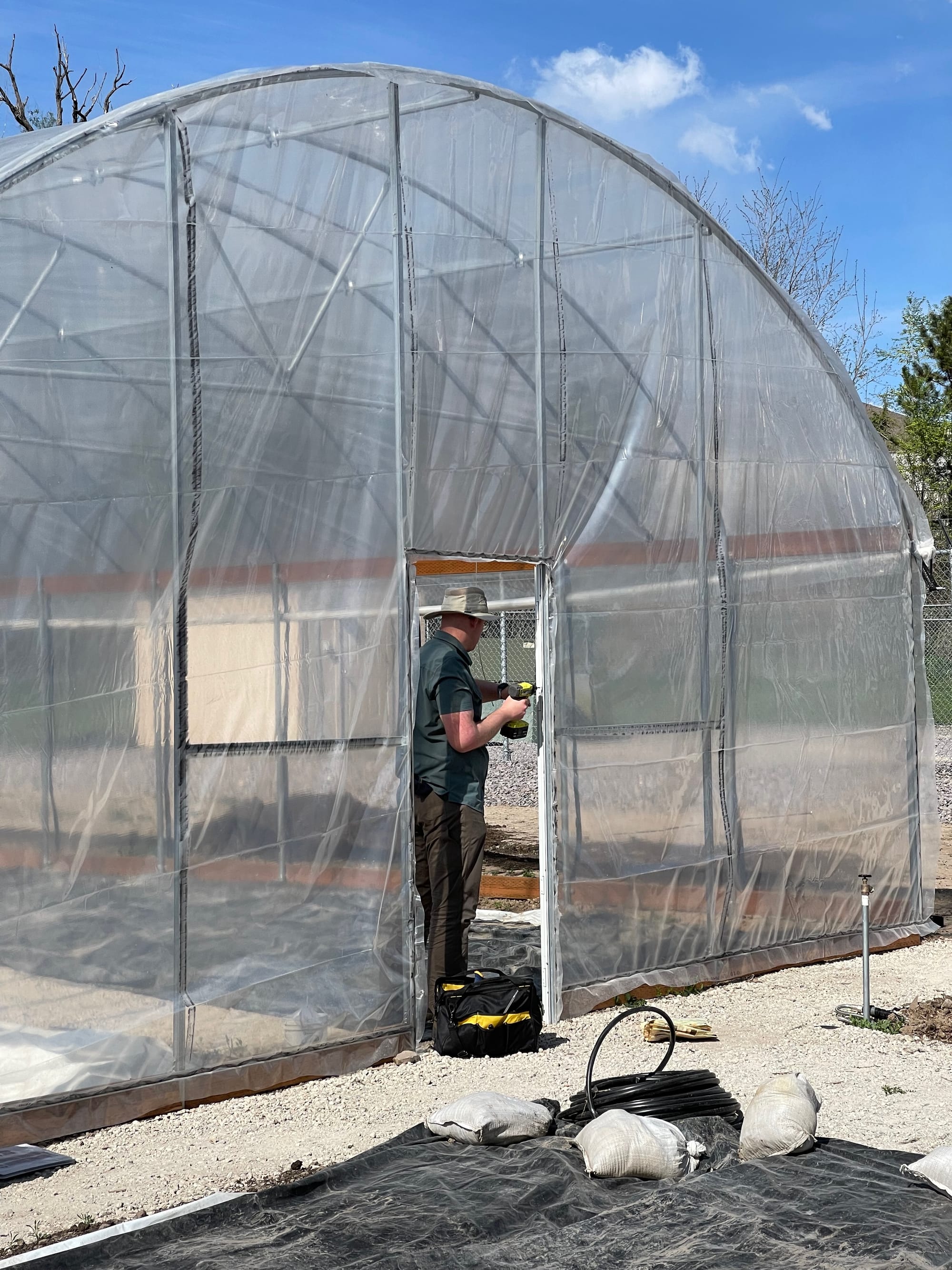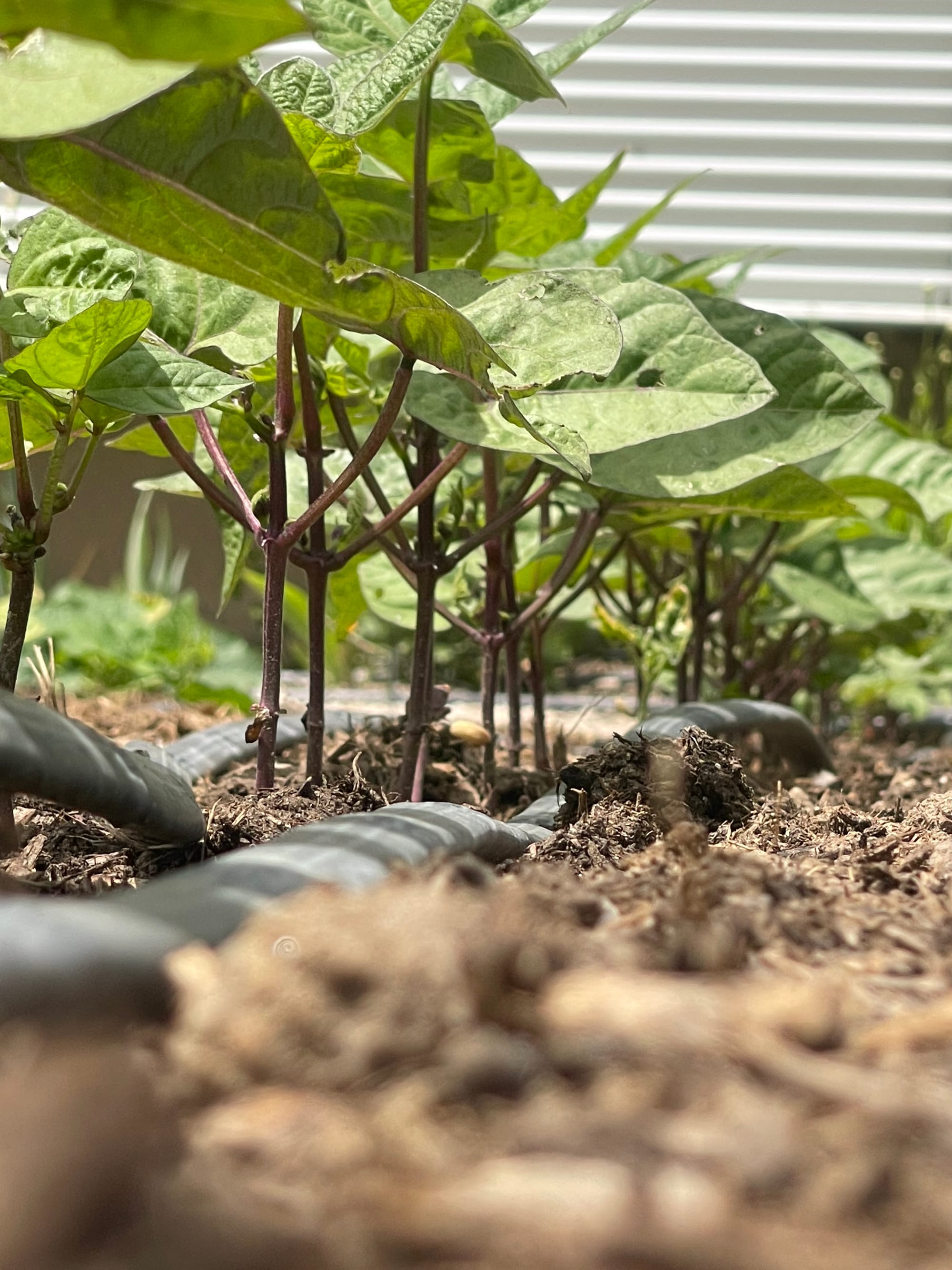New Year, New Garden Plans

We look forward to even more events and projects happening in the GRIT Garden in 2024! Here are just a few of the exciting things we have planned.

Raised beds
The GRIT Garden purchased four raised garden beds thanks to Jess Dean Rogers and her service-learning class. These beds are 29 inches tall, making them much more accessible for folks with limited mobility. Each bed is four feet wide by eight feet long. The plan for this year is to use at least one of the beds for herbs such as mint, thyme, and oregano that if planted in the ground, tend to take over everything around them. In another bed, we will grow leafy greens such as romaine lettuce. The lettuce grown in the soil at the GRIT Garden has occasionally tasted bitter. This is because of the high alkalinity of our soil. By growing the lettuce in a mix of substrate and soil, the lettuce should have a better flavor. Eventually, we would like to build benches around the raised beds so folks can sit while working.

Fruit production
Fresh fruit is the number one requested food item at the UVU food pantry, and we at the GRIT garden want to help increase fruit availability for students. To do that, we will start two new garden sections.

Berry Patch
The GRIT Garden berry patch will consist of raspberry canes, blackberry canes, strawberry plants, and thimbleberry canes. Twenty raspberry canes have been planted and generously donated by Dani and Devin Taylor. The Blackberries and strawberries will be transplanted in the spring using divisions. Divisions are a propagation technique when an existing plant is divided into two. The thimbleberries will be planted as part of an experiment conducted by Dr. Mike Rotter. This patch will be on the west side of the hoop house, and the canes will be trellised. The plants will likely not produce much in the first year as they begin establishing their root zones. Later this year, we will have a blog post devoted to cane pruning and production if you want to grow your own raspberries and blackberries.

Grape Trellises
Forty Grape plants were donated to the GRIT Garden by Michael Caron, an assistant professor at USU Extension. All the grapes are seedless table grapes, but there are ten different varieties. Like the berry canes, it will take a few years for the grapes to be established, but once they have matured, they will produce a lot of fruit. Grapes are harvested from late summer to early fall. Grapes are a vining crop and require support to grow well. The first step in growing our grapes will be to build a robust trellising system that can support a lot of weight. The grapes will be planted along the east side of the garden and will share space with the flower bed.

Composting system
The GRIT Garden’s need for compost and production of organic matter has outpaced what UVU composting can deal with. For this reason, we have decided to formalize our composting system. All the materials have been purchased to construct a four-section static pile system. In this system, we will start a pile by adding our plant material using three to one C to N ratio; once one of the four sections has been filled, we will start adding plant material into the second section and allow the first section to sit for roughly six months to a year with occasional stirring. Once the compost is ready, everything has broken down and is no longer recognizable; it will be applied to our garden beds. We will have a more detailed blog post later this year about composting if you want to start your compost.

Hoop house improvements
As you will remember, the plastic was pulled over the top of the hoop house in September of 2022. Unfortunately, during the winter of 2022/23, we could not grow anything in the hoop house because the beds had not been prepared and the doors had not been installed yet. This summer, we installed storm doors that did not stand up to the weather well. We have decided to install sliding barn-style doors to make getting in and out of the hoop house with wheelbarrows easier. These doors should be much sturdier and more accessible to operate. Another issue we encountered in the winter of 2022/23 was that the garden was on the same watering system as the sprinklers. The sprinklers are shut off for the winter to prevent the pipes from freezing. The GRIT Garden would not have access to water from mid-November when the sprinkler and they get shut off until April 1 when the water is turned on again. To combat this problem, we purchased a 108-gallon water tank to supply the hoop house with water during the winter.

Let us know what you would like to grow in the Garden!
We love learning about new vegetables and crops at the GRIT garden. If you would like to see something new at Fresh Food Fridays, reach out to Boston at boston.swan@uvu.edu